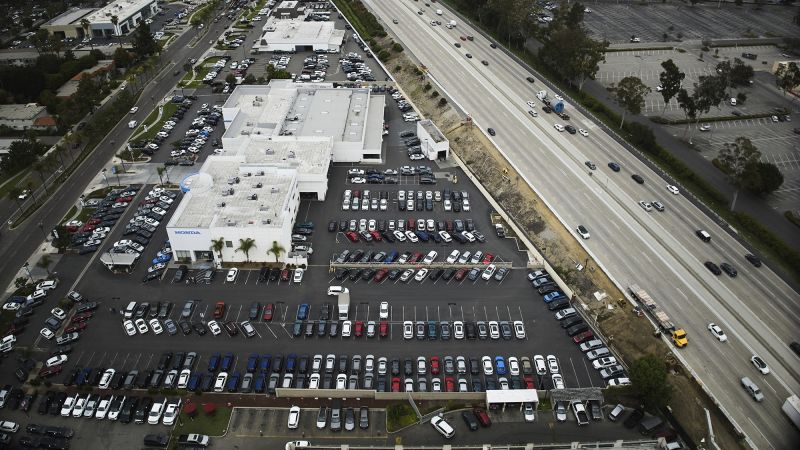
How Trump’s car tariffs will impact Americans, in 3 charts
CNN
In less than one week, Americans could soon see the price of cars shoot up.
Car prices are about to shoot higher. That’s because a 25% tariff across all cars that the United States imports is set to take effect on April 3. And not long after, a 25% tariff on most foreign-made car parts is set to take effect. In President Donald Trump’s ideal world, his tariffs will cause auto producers to move more of their production to the US. But automotive experts have told CNN that’s more or less a pipe dream. And even if it were possible for companies to move all production to the US, it would end up costing a lot more to manufacture. On top of that, Trump has already enacted 25% tariffs on steel and aluminum shipped to the US and he’s threatened to impose tariffs on copper. All three metals are needed to make cars, therefore, tariffs on those will also raise the cost of making a car. But even putting that aside, the 25% tariff on imported cars could raise prices per vehicle by a range of $5,000 to $15,000, depending on the make and model, according to Goldman Sachs estimates. For decades, North America has functioned virtually without any border when it comes to producing cars, as a result of free trade agreements that allowed cars and car parts to come into the US duty-free. That’s in part why Mexico was the top source of cars imported into the US last year.

The US stock market, fresh off its third-best day in modern history, is sinking back into reality: Although President Donald Trump paused most of his “reciprocal” tariffs, his other massive import taxes have already inflicted significant damage, and the economy won’t easily recover from the fallout.





















 Run 3 Space | Play Space Running Game
Run 3 Space | Play Space Running Game Traffic Jam 3D | Online Racing Game
Traffic Jam 3D | Online Racing Game Duck Hunt | Play Old Classic Game
Duck Hunt | Play Old Classic Game










